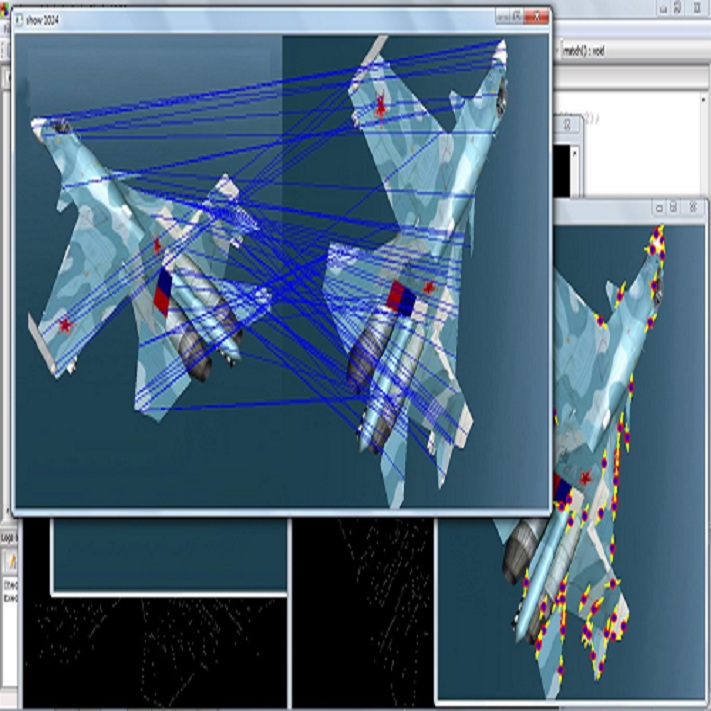Despite current advancement in the field of biomedical image processing, propelled by the deep learning revolution, multimodal image registration, due to its several challenges, is still often performed manually by specialists. The recent success of image-to-image (I2I) translation in computer vision applications and its growing use in biomedical areas provide a tempting possibility of transforming the multimodal registration problem into a, potentially easier, monomodal one. We conduct an empirical study of the applicability of modern I2I translation methods for the task of rigid registration of multimodal biomedical and medical 2D and 3D images. We compare the performance of four Generative Adversarial Network (GAN)-based I2I translation methods and one contrastive representation learning method, subsequently combined with two representative monomodal registration methods, to judge the effectiveness of modality translation for multimodal image registration. We evaluate these method combinations on four publicly available multimodal (2D and 3D) datasets and compare them with the performance of registration achieved by several well-known approaches acting directly on multimodal image data. Our results suggest that, although I2I translation may be helpful when the modalities to register are clearly correlated, registration of modalities which express distinctly different properties of the sample is not well handled by the I2I translation approach. The evaluated representation learning method, which aims to find abstract image-like representations of the information shared between the modalities, manages better, and so does the Mutual Information maximisation approach, acting directly on the original multimodal images. We share our complete experimental setup as open-source (https://github.com/MIDA-group/MultiRegEval).
翻译:尽管在深层次学习革命的推动下,生物医学图像处理领域目前有所进展,但由于存在若干挑战,多式联运图像登记仍经常由专家手工进行,最近在计算机视觉应用中的图像到图像翻译(I2I)的成功及其在生物医学领域的日益使用,为将多式联运登记问题转化为一种可能比较容易的单一模式提供了一种诱人的可能性。我们对现代I2I翻译方法的适用性进行了实证研究,以完成多式联运生物医学和医疗2D和3D图像的严格登记。我们比较了四种Genearial Adversarial Net(GAN)基于I2I2I的翻译方法和一种对比化代表制学习方法的绩效,随后又结合了两种具有代表性的单一模式登记方法,以判断多式联运图像登记方式的效用。我们评估了四种公开的多式联运(2D和3D)数据集的这些方法的组合,并将这些方法与若干众所周知的方法直接在多式联运图像数据上实现的登记绩效进行了比较。我们的结果表明,尽管I2I翻译在登记方式上可能有所助益,但在I登记方式上采用明确关联、注册方式的方式,采用一种比较方式,这种方式,而以不同形式的模型代表方式在形式上则以不同形式上进行不同的形式上采用。



